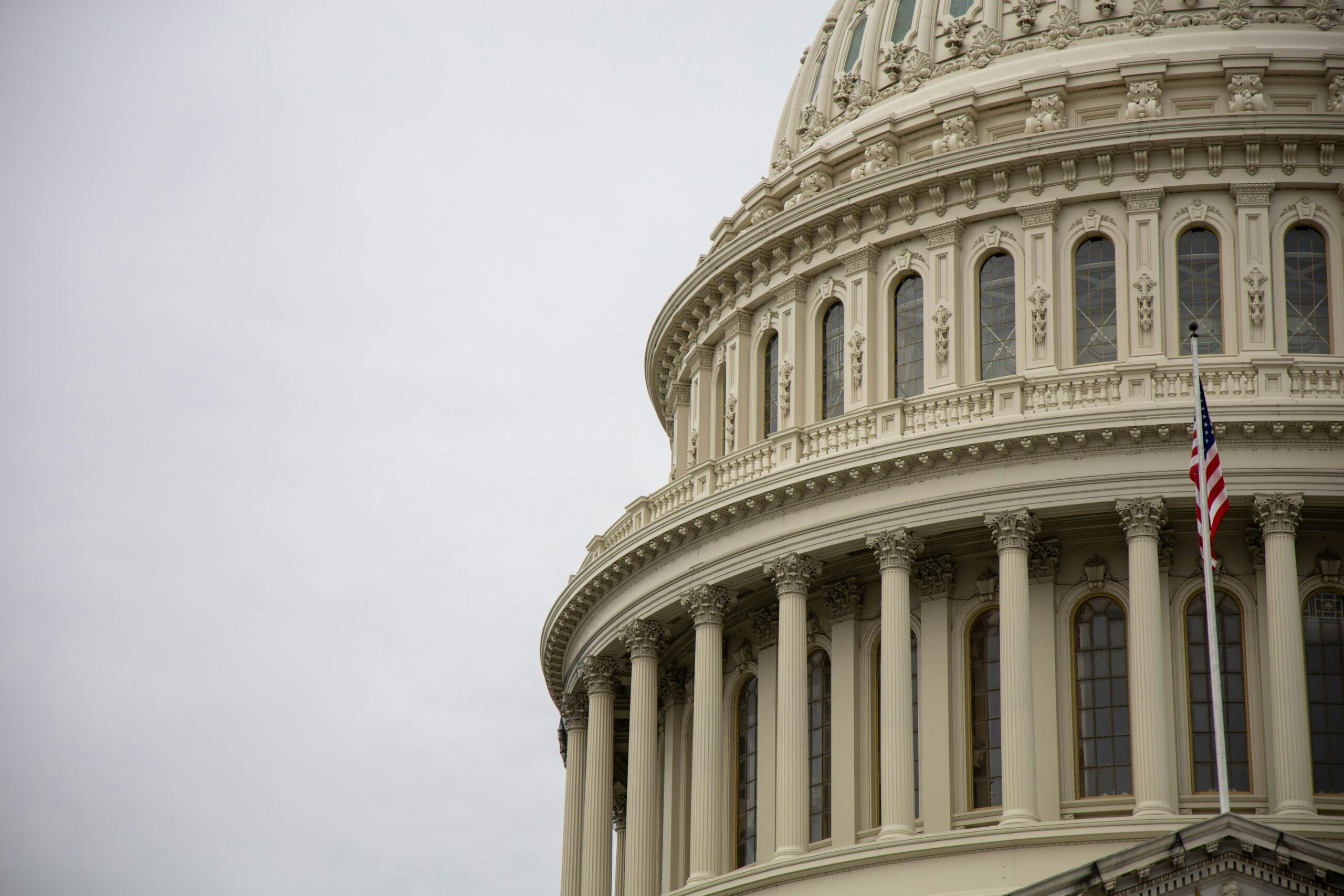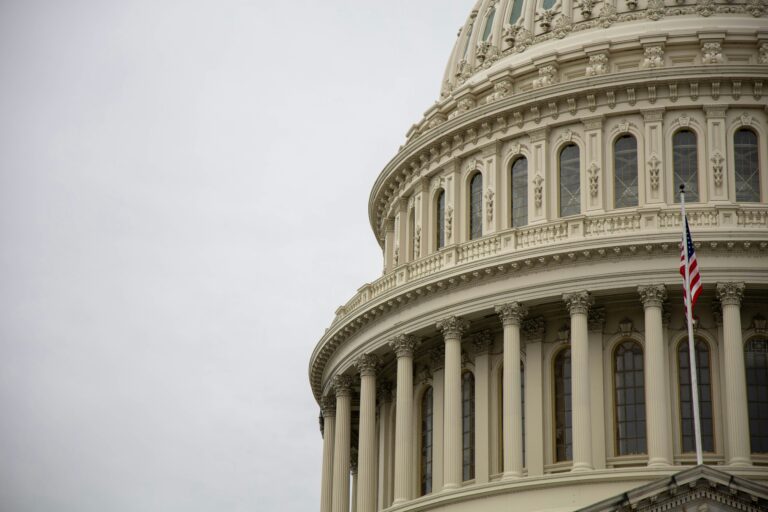
In democratic systems, the fairness of elections is a fundamental principle, ensuring that voters have a meaningful say in determining their representatives. However, a practice known as gerrymandering—manipulating the boundaries of electoral districts to favor a particular political party or group—poses a significant threat to electoral integrity. Gerrymandering has long been used as a tool to entrench political power by distorting district boundaries, thereby undermining the principle of fair representation.
This article will examine the practice of gerrymandering, its impact on electoral fairness, and potential reforms that could mitigate its negative effects. Understanding the mechanisms of gerrymandering and its consequences is essential to preserving democratic accountability and ensuring that voters, rather than politicians, determine the outcomes of elections.
What is Gerrymandering?
Gerrymandering refers to the deliberate manipulation of electoral district boundaries to give one political party or group an advantage over others. The term originated in the early 19th century in the United States when Massachusetts Governor Elbridge Gerry approved a redistricting plan that included a district so oddly shaped it resembled a salamander, giving rise to the term “Gerry-mander.”
There are two main techniques used in gerrymandering:
- “Packing”: This involves concentrating as many voters of the opposing party as possible into a few districts, thereby reducing their influence in other districts. By creating “safe” districts for the opposition, the gerrymandering party ensures that the remaining districts are more favorable to their candidates.
- “Cracking”: This technique spreads the opposing party’s voters across multiple districts, diluting their voting power and making it difficult for them to achieve a majority in any one district. By dividing the opposition’s voters, gerrymandering weakens their ability to elect representatives in proportion to their actual numbers.
These techniques distort electoral outcomes by ensuring that one party wins more seats than it would under a fair redistricting process. Gerrymandering can be used not only for partisan purposes but also to marginalize certain racial or ethnic groups, making it a potent tool for political manipulation.
The Impact of Gerrymandering on Electoral Fairness
Gerrymandering has profound consequences for electoral fairness and the functioning of democratic systems. At its core, gerrymandering undermines the principle of one person, one vote, by distorting the relationship between voter preferences and election outcomes. Here are some of the key ways in which gerrymandering affects electoral fairness:
- Distorted Representation: Gerrymandering allows political parties to win a disproportionate number of seats relative to their share of the vote. In extreme cases, a party can win the majority of seats while receiving fewer votes than its opponent. This distortion of representation leads to a government that does not accurately reflect the will of the electorate, eroding public trust in the democratic process.
- Entrenchment of Political Power: Gerrymandering can be used to create “safe” districts where incumbents face little competition, allowing them to remain in power with minimal accountability. This reduces electoral competition and contributes to the entrenchment of political power. When politicians feel secure in their positions due to favorable districting, they may be less responsive to the needs and concerns of their constituents.
- Polarization and Gridlock: By creating districts that are overwhelmingly supportive of one party, gerrymandering contributes to political polarization. Candidates in safe districts have little incentive to appeal to moderate or swing voters, leading to the election of more ideologically extreme representatives. This dynamic exacerbates political gridlock, as lawmakers from highly polarized districts are less likely to compromise or work across party lines.
- Suppression of Minority Voices: Gerrymandering can be used to dilute the voting power of racial and ethnic minorities, particularly when district lines are drawn to “crack” minority communities into several districts where they cannot achieve a majority. This practice, known as racial gerrymandering, undermines the political representation of marginalized groups and can violate the principle of equal protection under the law.
- Voter Disenfranchisement: Gerrymandering can lead to voter disenfranchisement by making voters feel that their votes do not matter. When district lines are drawn to ensure predetermined outcomes, voters may feel that their voices are irrelevant, leading to decreased voter turnout and engagement. This sense of futility further weakens the democratic process by reducing participation.
Examples of Gerrymandering in Action
Gerrymandering has been practiced in various democracies, but it has been especially prominent in the United States, where the redistricting process is often controlled by state legislatures. Here are a few notable examples of gerrymandering in recent history:
- North Carolina (2016): North Carolina has been a focal point for gerrymandering controversies. In 2016, the state’s congressional districts were found to be heavily gerrymandered in favor of the Republican Party. Despite receiving just over 50% of the statewide vote, Republicans won 10 out of 13 congressional seats. The state’s district lines were challenged in court, and in 2019, a panel of judges ruled that the map was an unconstitutional partisan gerrymander, ordering the state to redraw its districts.
- Pennsylvania (2011): In 2011, Pennsylvania’s Republican-controlled legislature drew a congressional map that resulted in a disproportionate number of Republican representatives. In 2012, despite Democrats winning a majority of the statewide vote, Republicans won 13 of the state’s 18 congressional seats. The Pennsylvania Supreme Court later ruled the map unconstitutional and ordered a new, more neutral map to be drawn ahead of the 2018 midterm elections.
- Texas (2011): In Texas, gerrymandering has been used to dilute the voting power of minority groups, particularly Latino voters. Following the 2010 census, Texas’s Republican-controlled legislature drew maps that were challenged in court for racial gerrymandering. In 2018, a federal court ruled that the state’s redistricting plan intentionally discriminated against minority voters, violating the Voting Rights Act.
These examples highlight how gerrymandering can manipulate electoral outcomes, undermine representation, and disenfranchise voters. While gerrymandering is most often associated with partisan manipulation, it can also be used to disadvantage specific demographic groups, further exacerbating social and political inequalities.
Potential Reforms to Address Gerrymandering
Given the significant impact of gerrymandering on democratic fairness, various reforms have been proposed and implemented to address the issue. These reforms aim to create more transparent, nonpartisan, and fair redistricting processes. Some of the most notable approaches include:
- Independent Redistricting Commissions: One of the most effective ways to reduce gerrymandering is to remove the power of redistricting from partisan legislators and place it in the hands of independent or nonpartisan commissions. These commissions, composed of neutral experts or bipartisan representatives, are tasked with drawing district lines in a fair and transparent manner. Several U.S. states, including California and Arizona, have adopted independent redistricting commissions, resulting in more competitive and representative elections.
- Mathematical and Algorithmic Approaches: Advances in technology and data science have led to the development of mathematical models and algorithms that can help create fair and compact electoral districts. These models can be used to generate district maps that meet specific criteria, such as population equality, geographic compactness, and respect for community boundaries, while minimizing partisan bias. In some cases, courts or commissions may use these tools to evaluate the fairness of proposed district maps.
- Reforming the Voting Rights Act: In the United States, the Voting Rights Act of 1965 was a key tool for preventing racial gerrymandering and ensuring fair representation for minority communities. However, the U.S. Supreme Court’s 2013 decision in Shelby County v. Holder weakened the Act by removing the requirement that certain states with a history of discrimination receive federal approval for changes to their voting laws. Reinstating these preclearance provisions could help prevent racially discriminatory gerrymandering.
- Judicial Intervention: Courts have played a critical role in addressing gerrymandering, particularly when district maps violate constitutional protections. Judicial intervention can provide a check on partisan redistricting, as seen in cases where courts have ruled that maps were drawn to unfairly disadvantage certain groups or parties. However, the judiciary’s ability to address gerrymandering is limited by the political nature of redistricting and the complexity of determining when gerrymandering becomes unconstitutional.
- Proportional Representation: Another potential solution to gerrymandering is the adoption of proportional representation systems, where seats in a legislature are allocated based on the percentage of the vote each party receives. This system eliminates the need for single-member districts and reduces the incentive for gerrymandering. Countries with proportional representation, such as Germany and New Zealand, generally experience more accurate representation of voter preferences and fewer distortions caused by district boundaries.
Conclusion: The Ongoing Battle for Fair Representation
Gerrymandering is a powerful tool for political manipulation that undermines the fairness of elections, distorts representation, and disenfranchises voters. By allowing politicians to draw district lines in their favor, gerrymandering erodes public trust in the democratic process and contributes to political polarization and gridlock.
However, there are promising reforms that can help address the problem. Independent redistricting commissions, judicial oversight, technological tools, and proportional representation systems offer pathways to more fair and inclusive elections. As more states and countries experiment with these reforms, the hope is that the practice of gerrymandering can be curtailed, leading to electoral systems that truly reflect the will of the people.
Ultimately, the fight against gerrymandering is part of a broader struggle to protect the integrity
of democracy. Ensuring fair representation for all citizens, regardless of their political affiliation or demographic background, is essential to maintaining a healthy, functioning democratic system. By continuing to pursue reforms that address gerrymandering, we can work toward a future where elections are decided by voters, not by the politicians who draw the maps.




